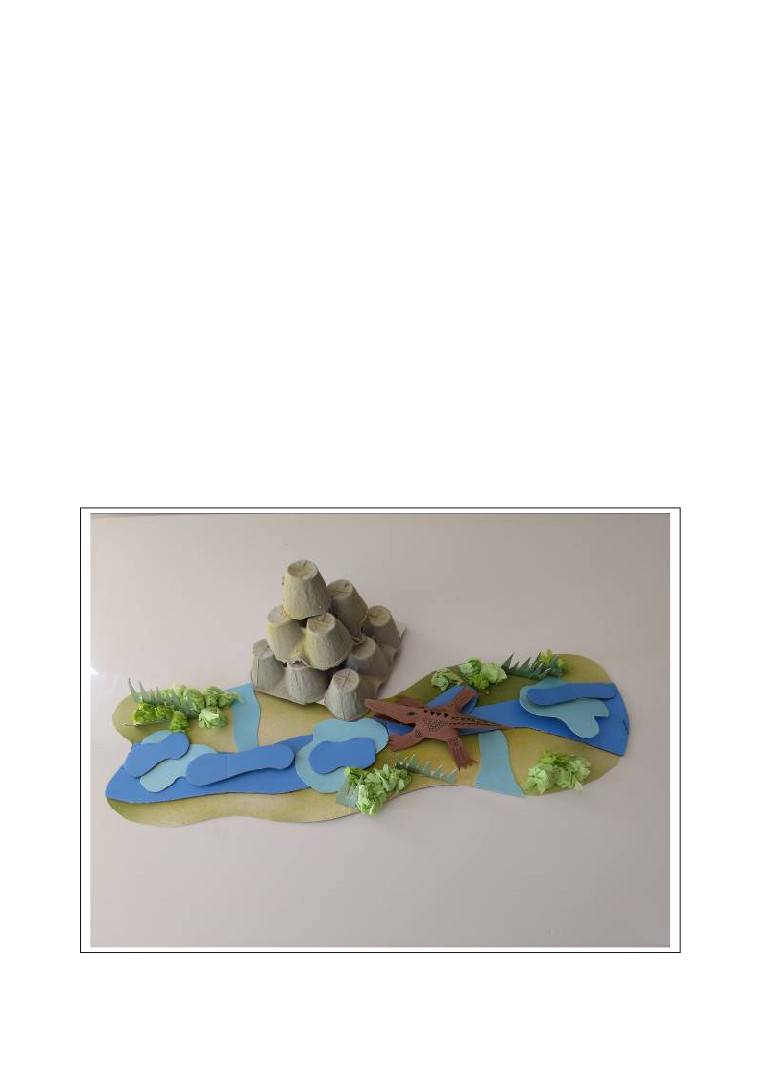
An idea from Auntie Gill gill@gillmcgregor.com
Auntie Gill Says
“Let’s look at……the Nile crocodile”
The Nile crocodile swims in the fresh waters of the Nile
and is one of the most dangerous crocodiles in the
world.
This carnivorous reptile lives on average for 45 years, grows to around 16 foot
long and weighs 500 pounds.
They eat mainly fish, but will attack zebras, small hippos, porcupines, birds and
other crocodiles. 100s of humans are attacked each year.
When the Nile crocodile lays eggs, the parents fiercely guard the nest until the
eggs are hatched. This is not a typical trait for reptiles that usually lay eggs as
normally they would be laid and then left to hatch and survive on their own. Often
the Nile crocodile will roll the eggs gently in their mouths to help the eggs hatch. A
baby crocodile is called a hatchling.
The Nile crocodile is not an endangered species despite some regional declines or
extinctions.
Why don’t you see if you can find some pictures of the Nile crocodile and
draw one?
Look at their heavily armoured skin. Try and draw their scale markings.
Let’s make a crocodile swimming along the River Nile
For each crocodile, fold half a piece of A4 paper in half and draw around
the template. A grown up may have to cut out the shape for you but when
you open it up you will see it starts to look like a crocodile.
The opposite end to the head is the crocodile’s lower jaw. So if you bend
the shape to go underneath the tail, you will see the lower jaw appear. The
angled shapes either side of the body are the tummy flaps, which, when
stuck on the underside of the crocodile make it keep its shape. Cut indents
into the feet to create claws.
You will need to see how the crocodile forms to work out how to draw his
scale markings and eyes before sticking into position. You can cut out
shapes along his back for extra
effect.
1

